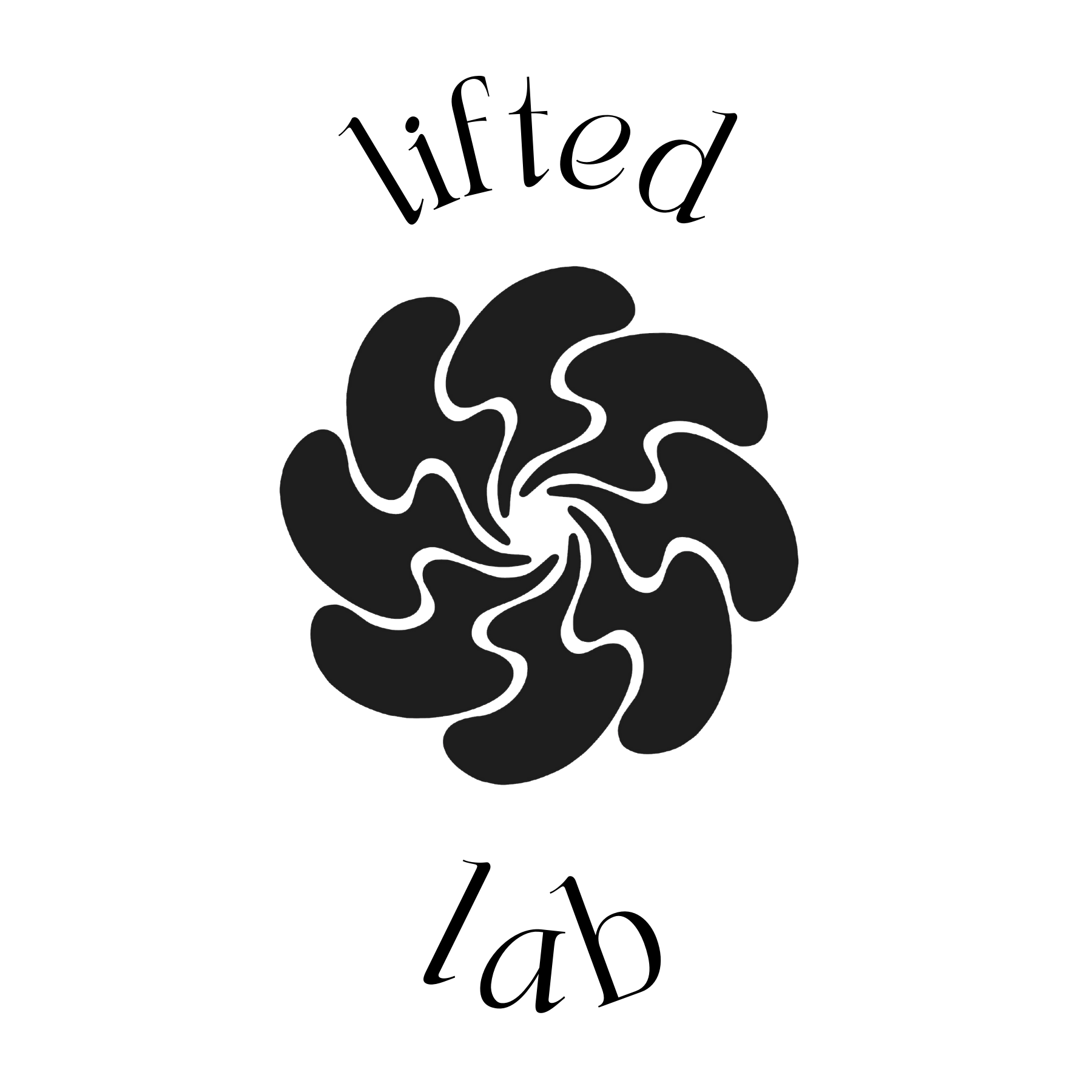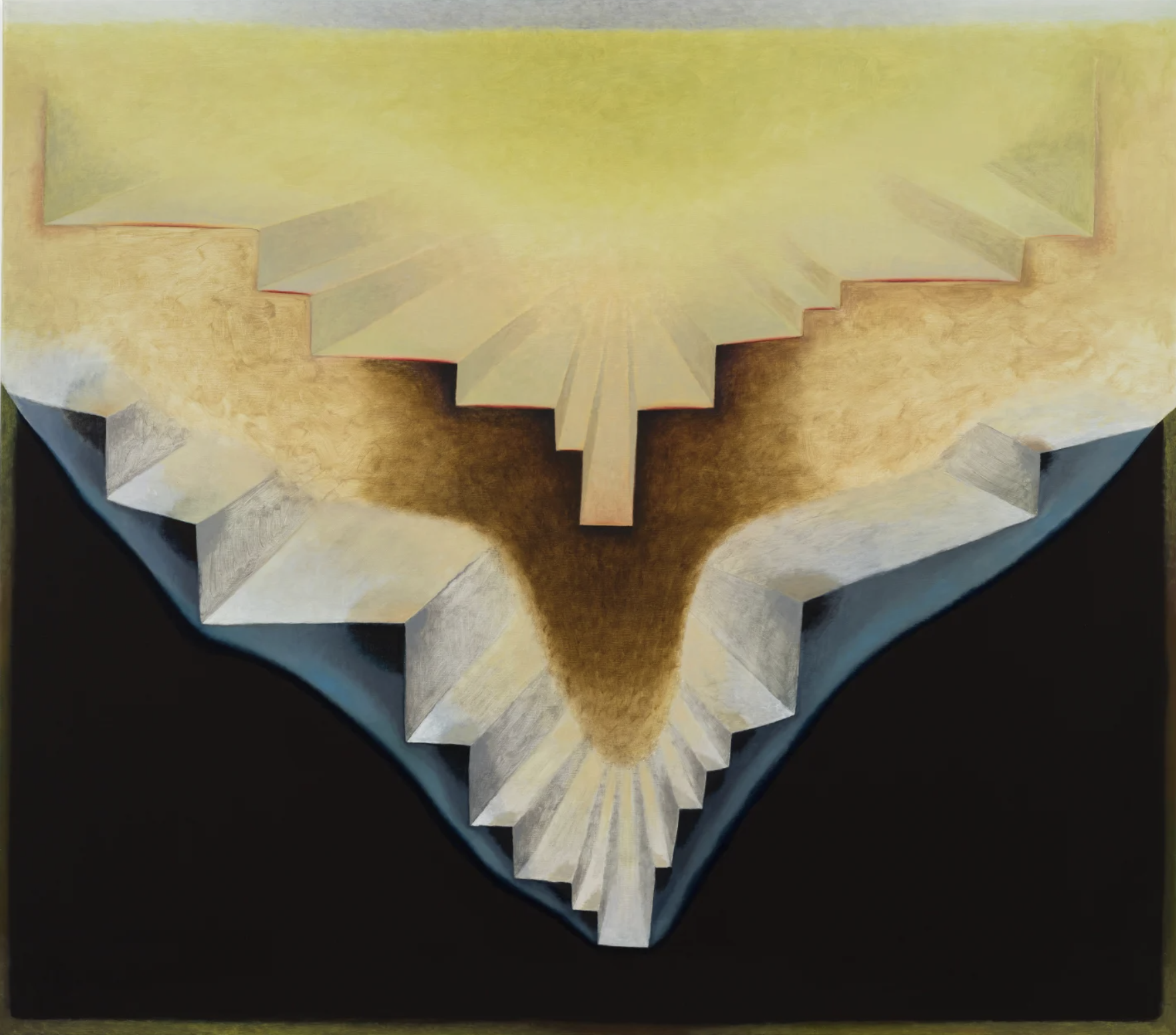Spirit Within at Ben Oakley Gallery

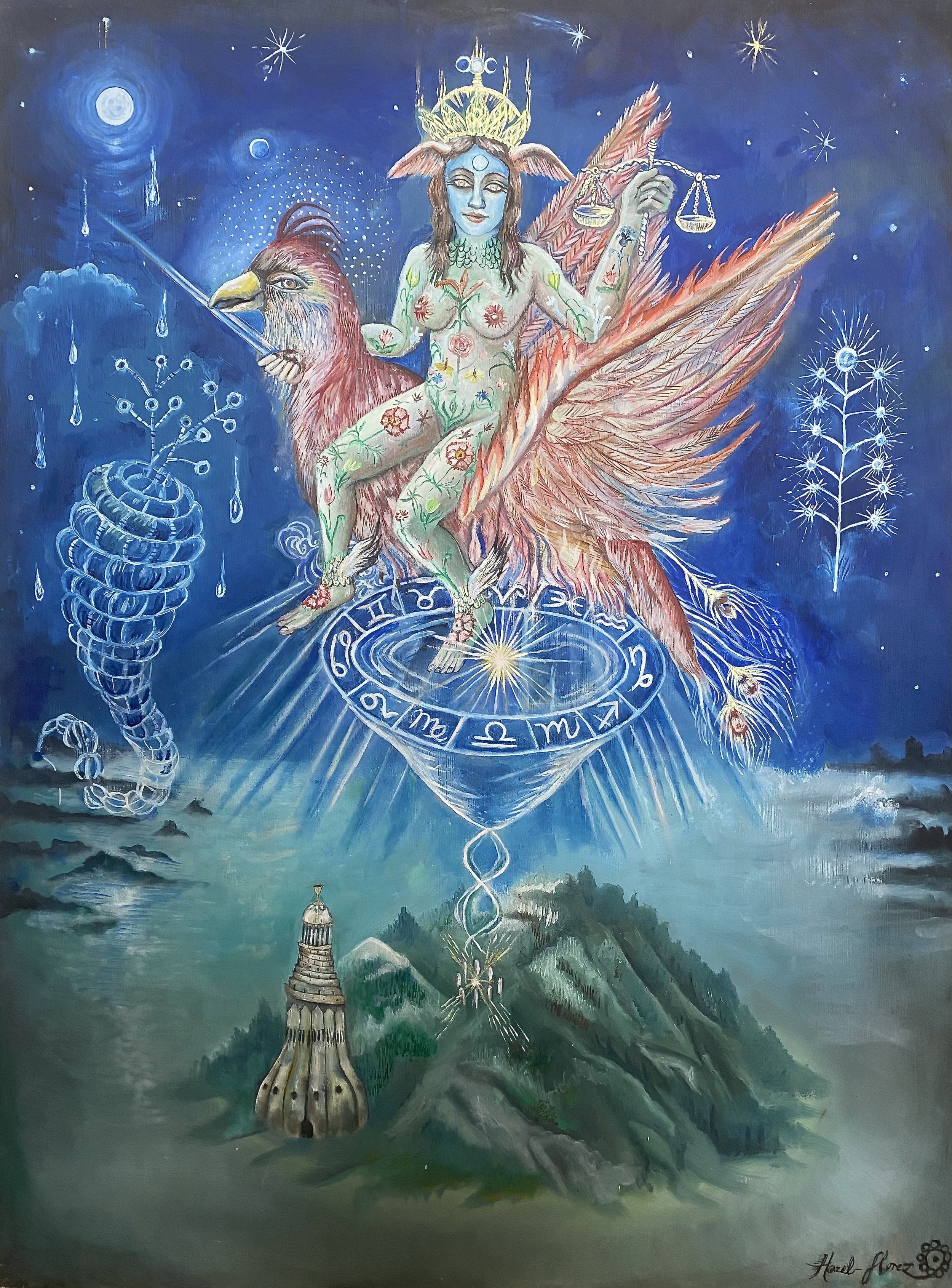
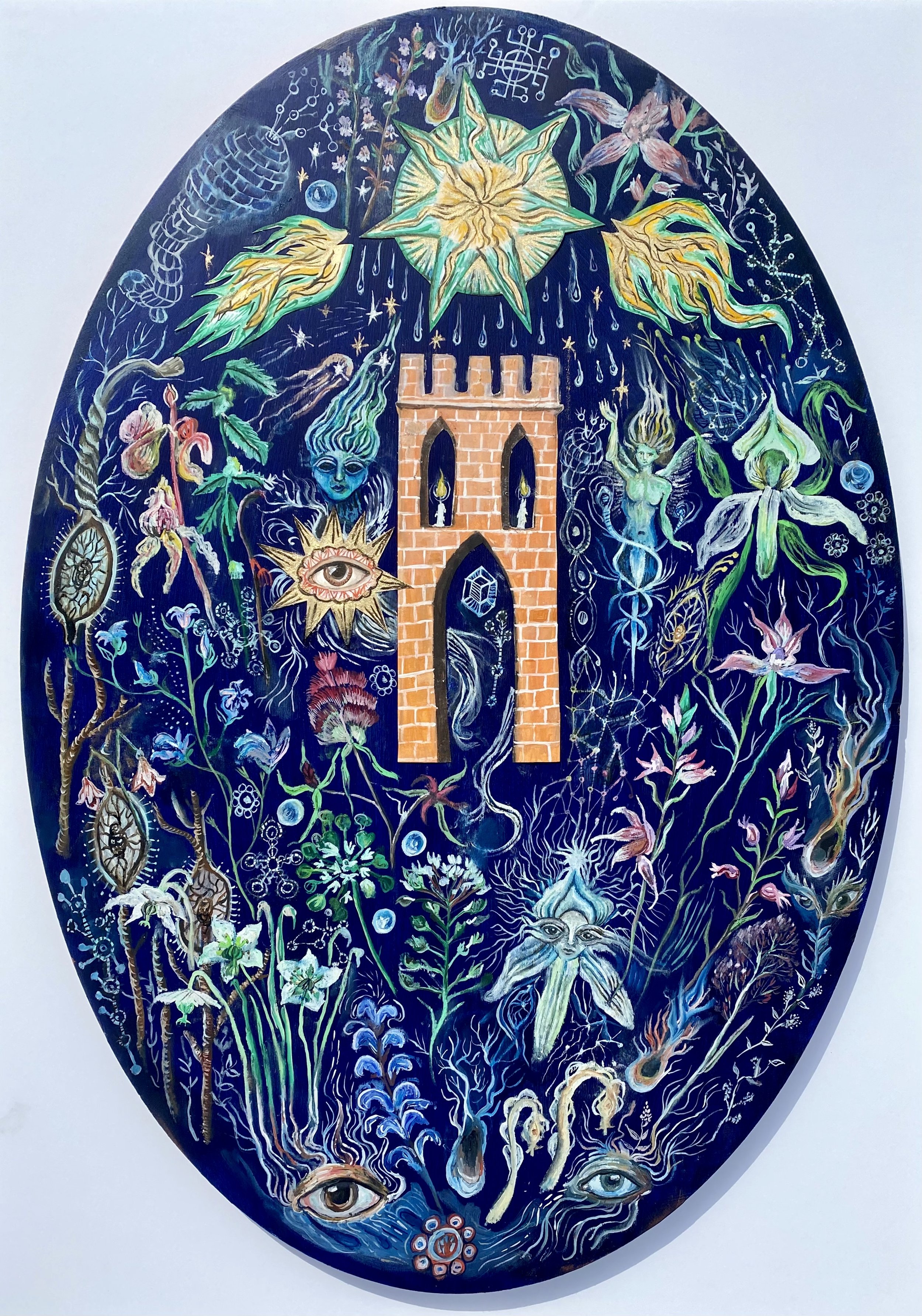
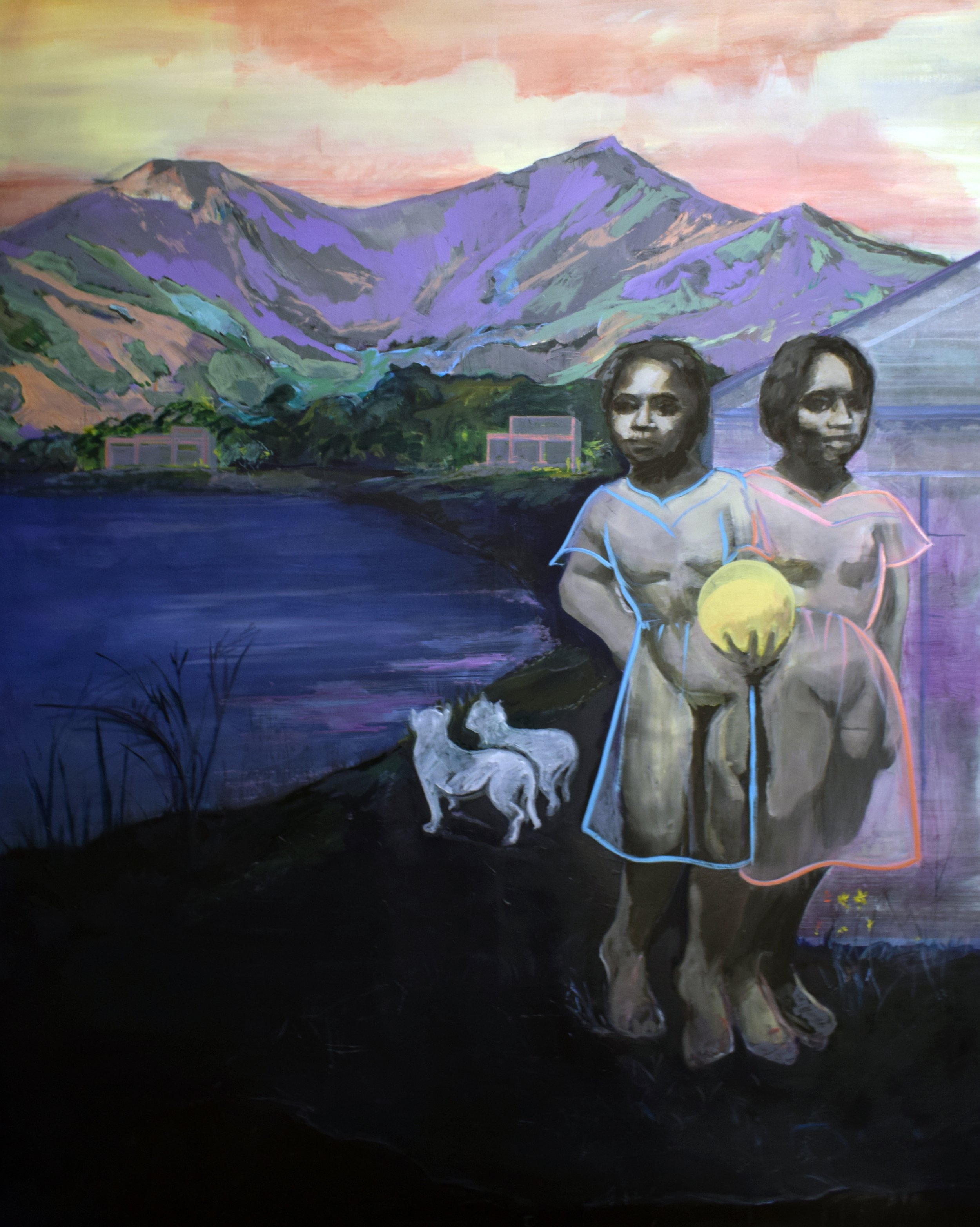
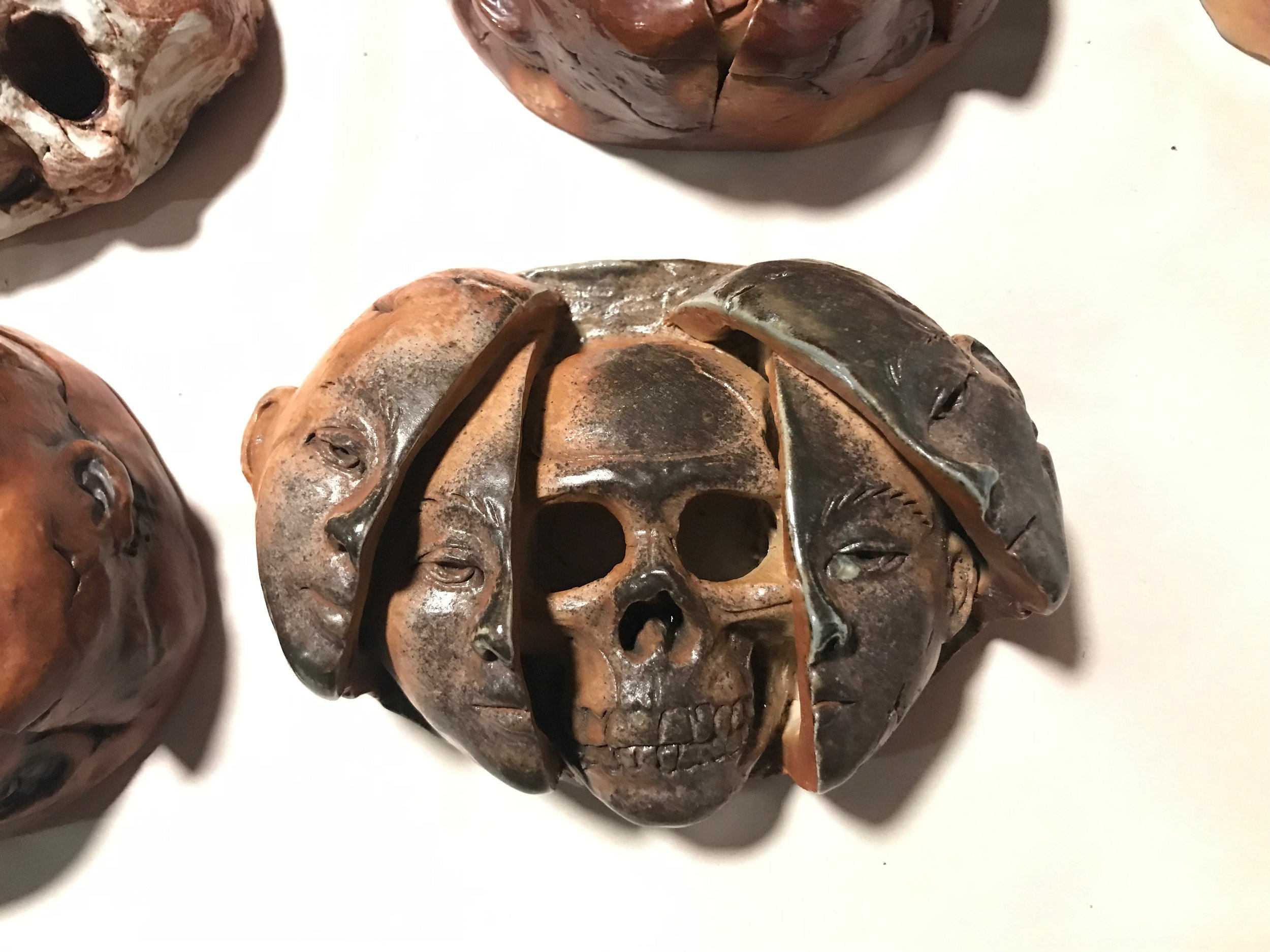
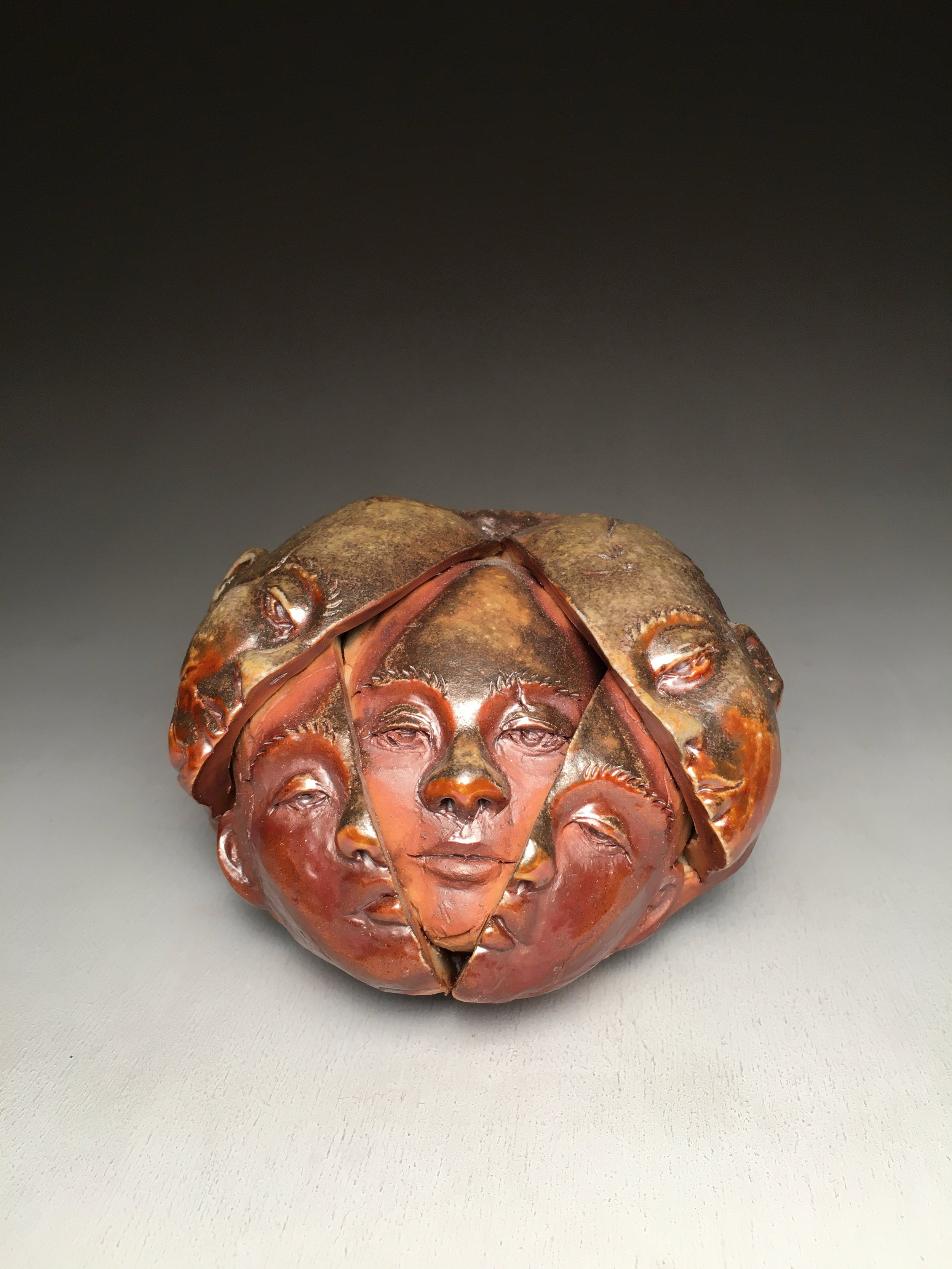
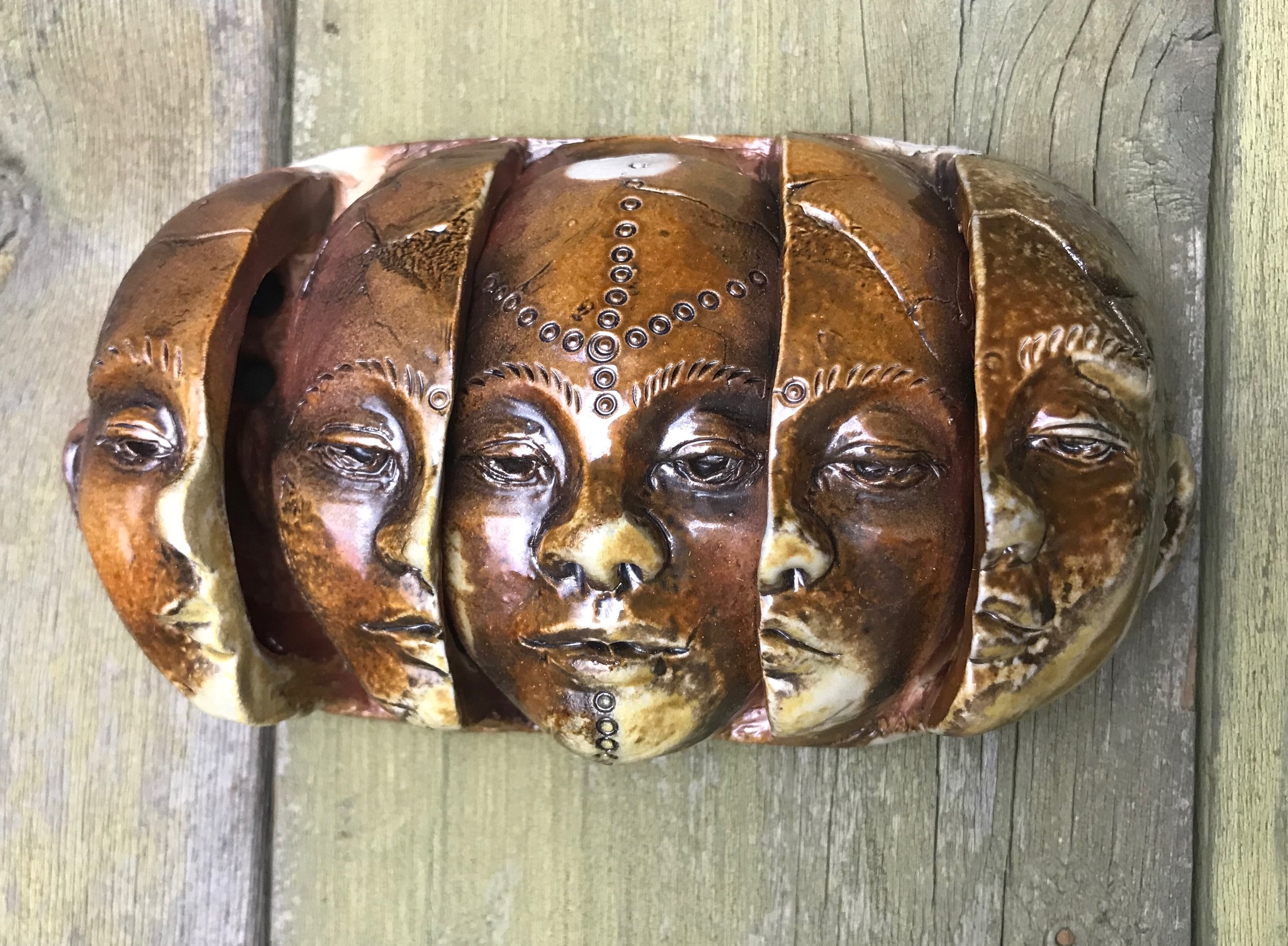
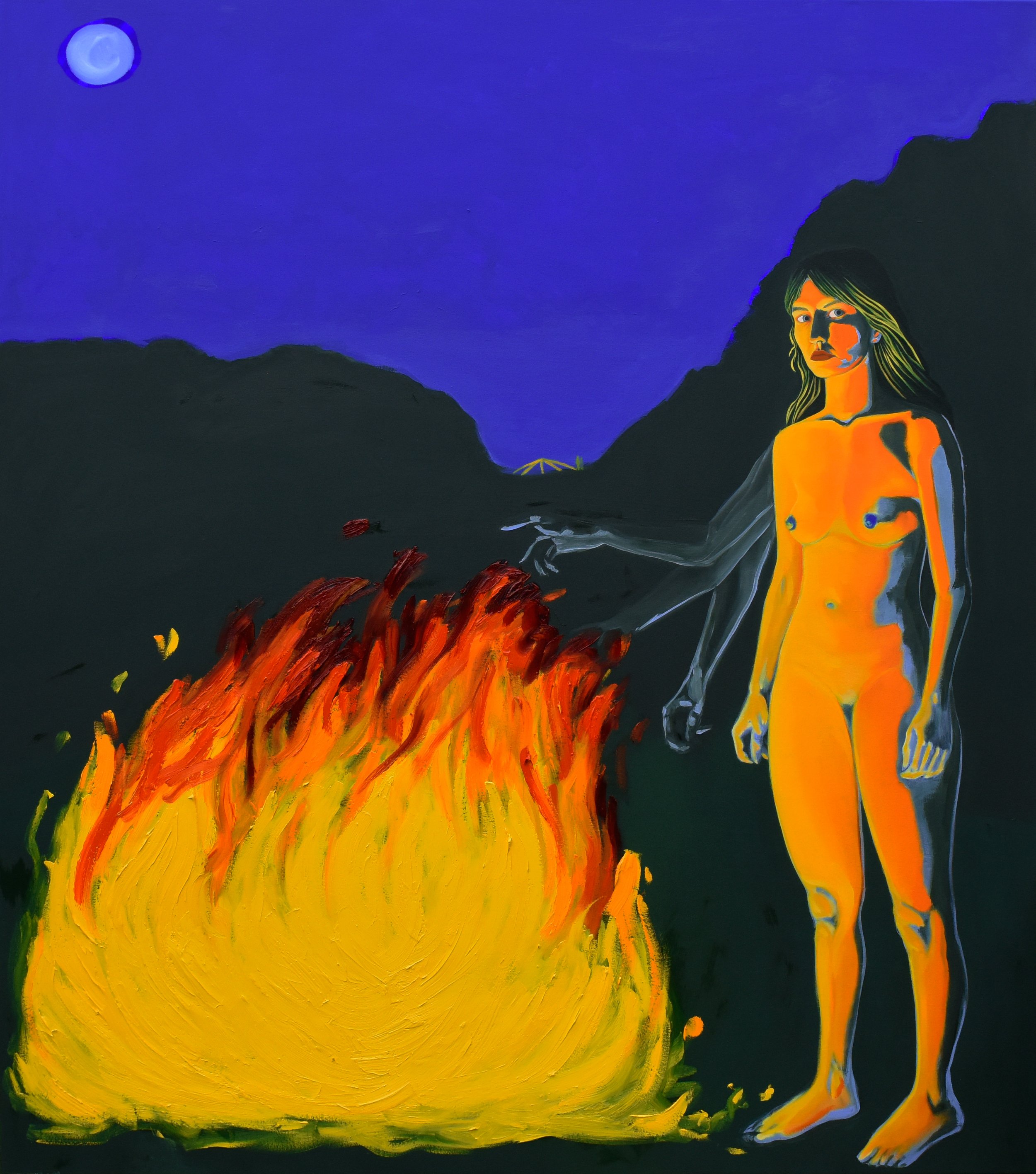
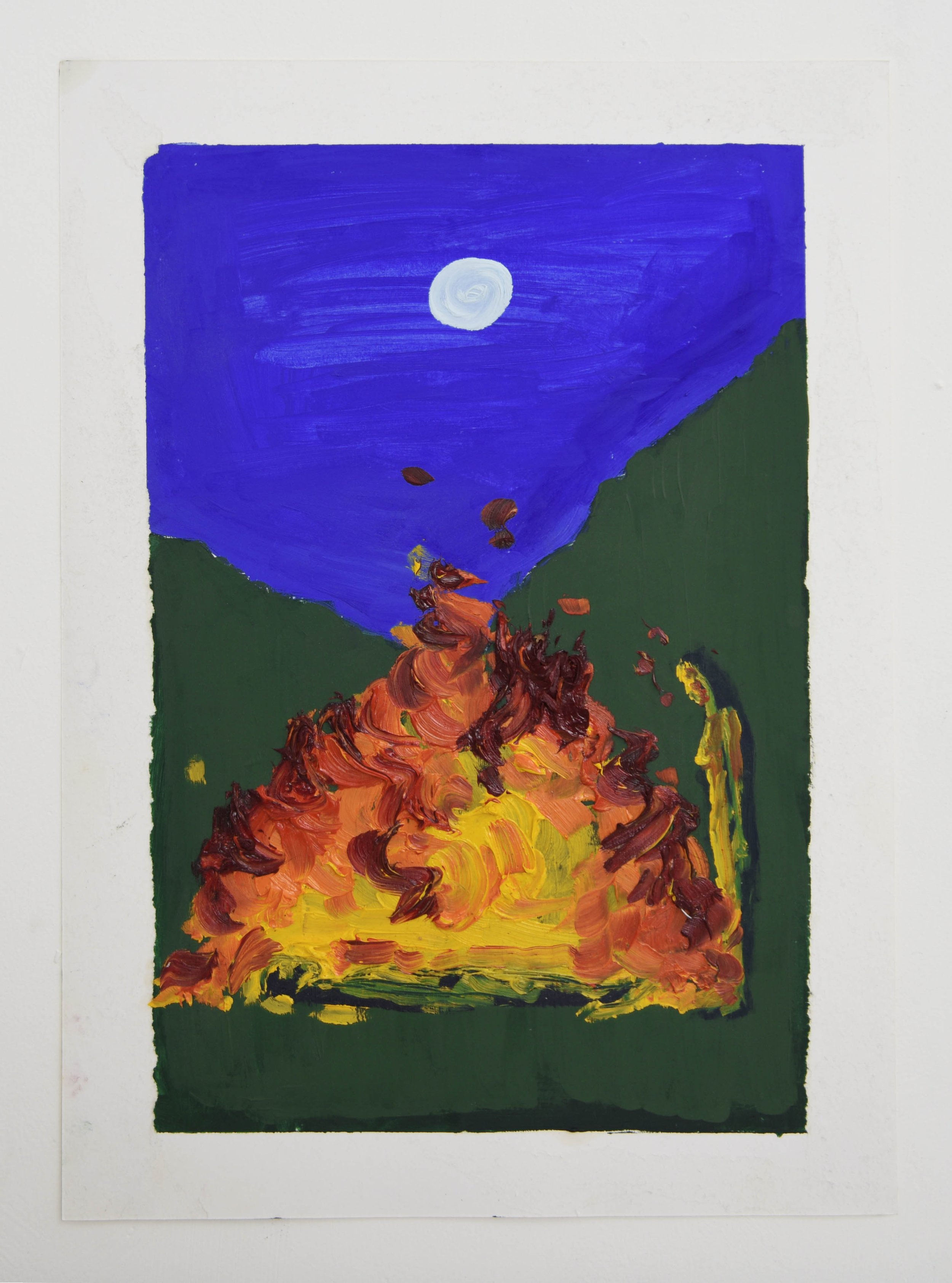
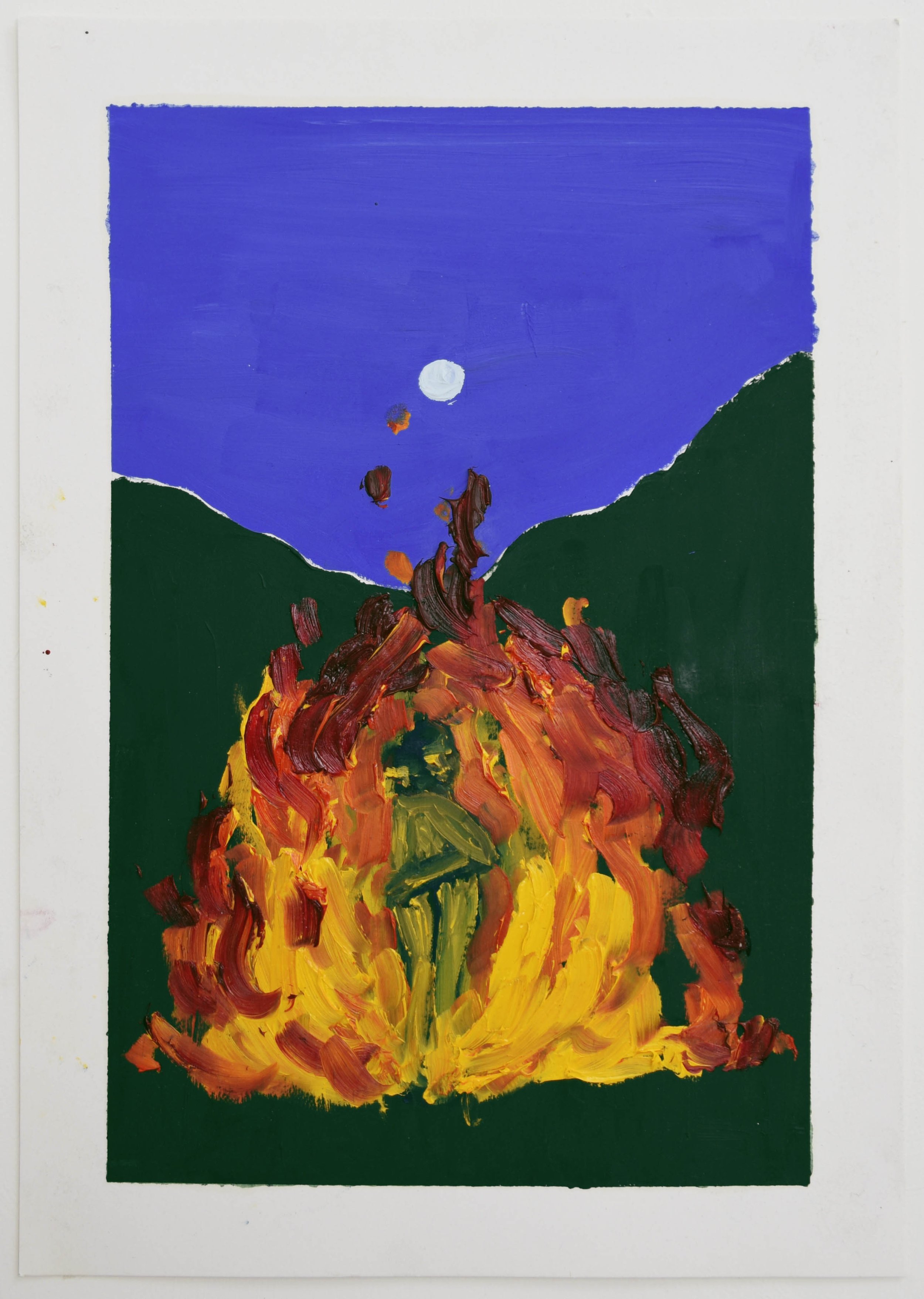
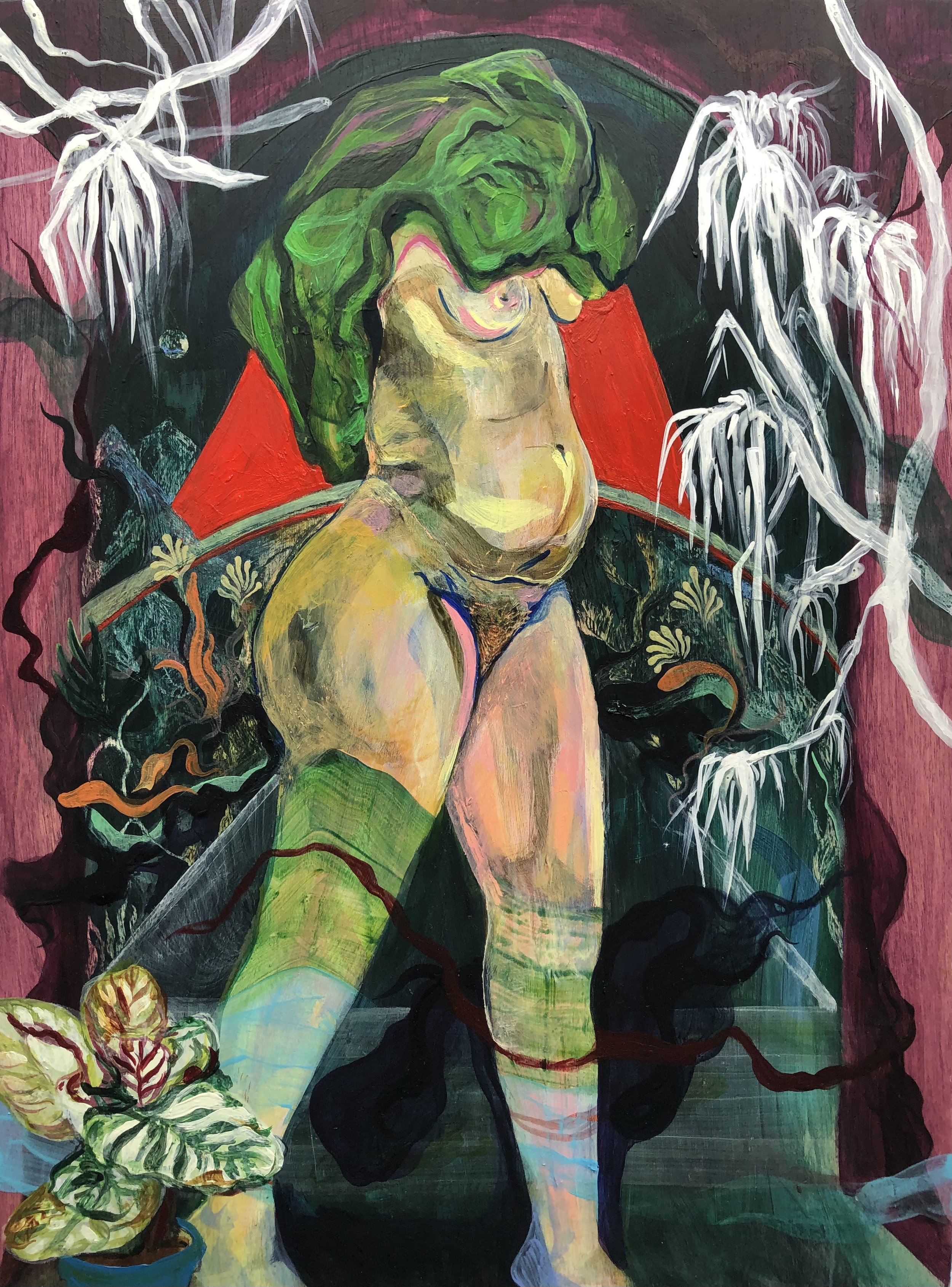
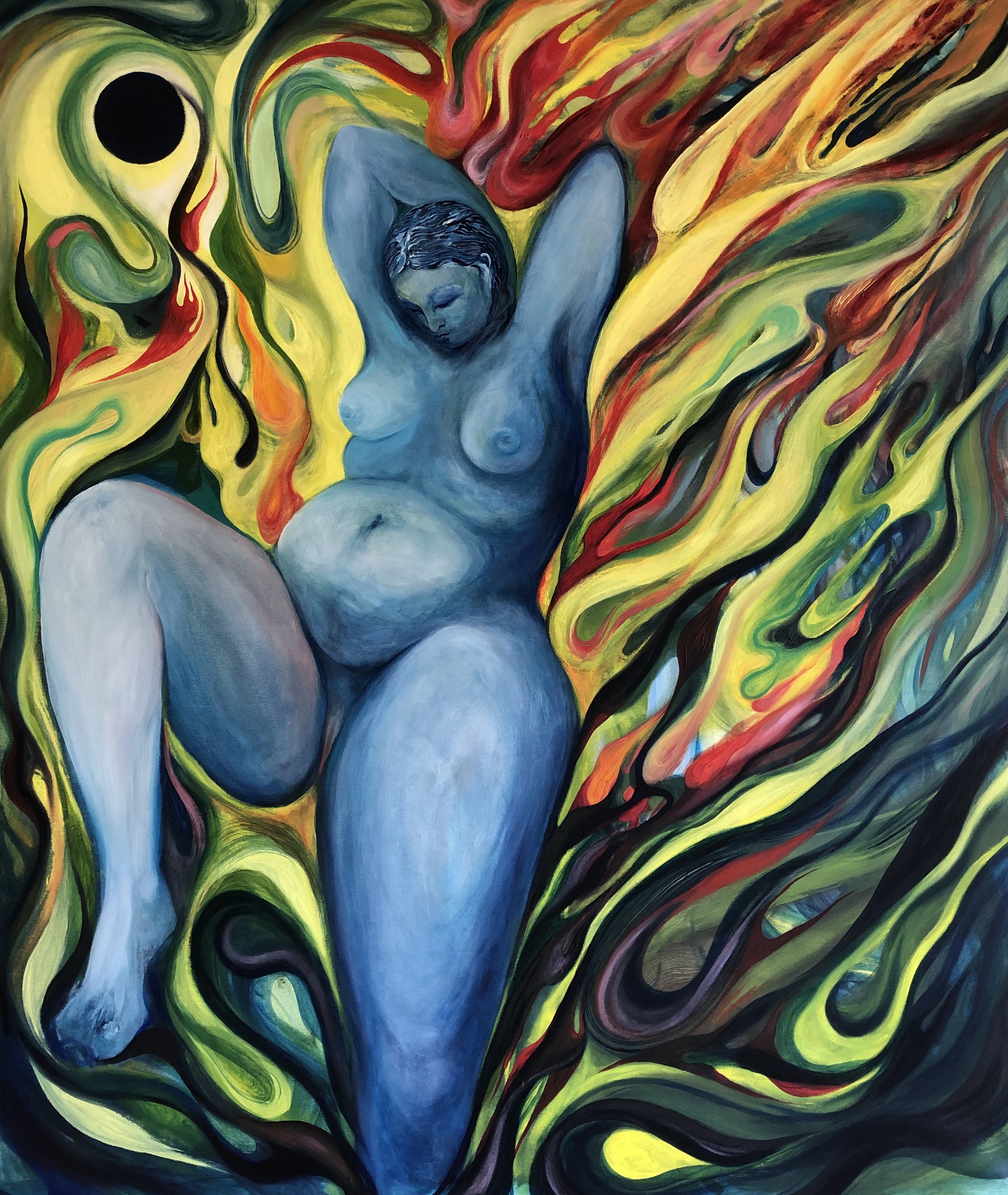
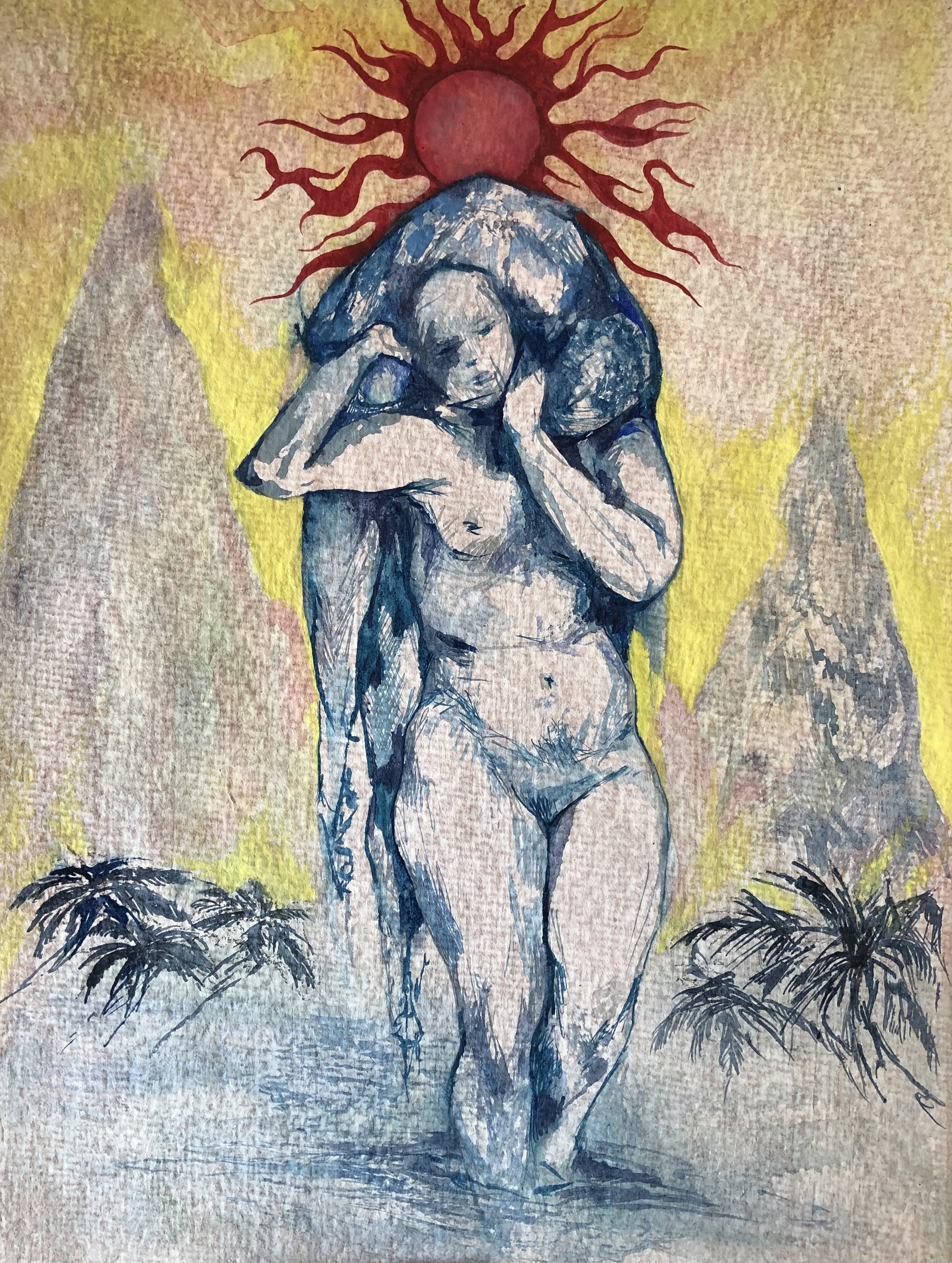
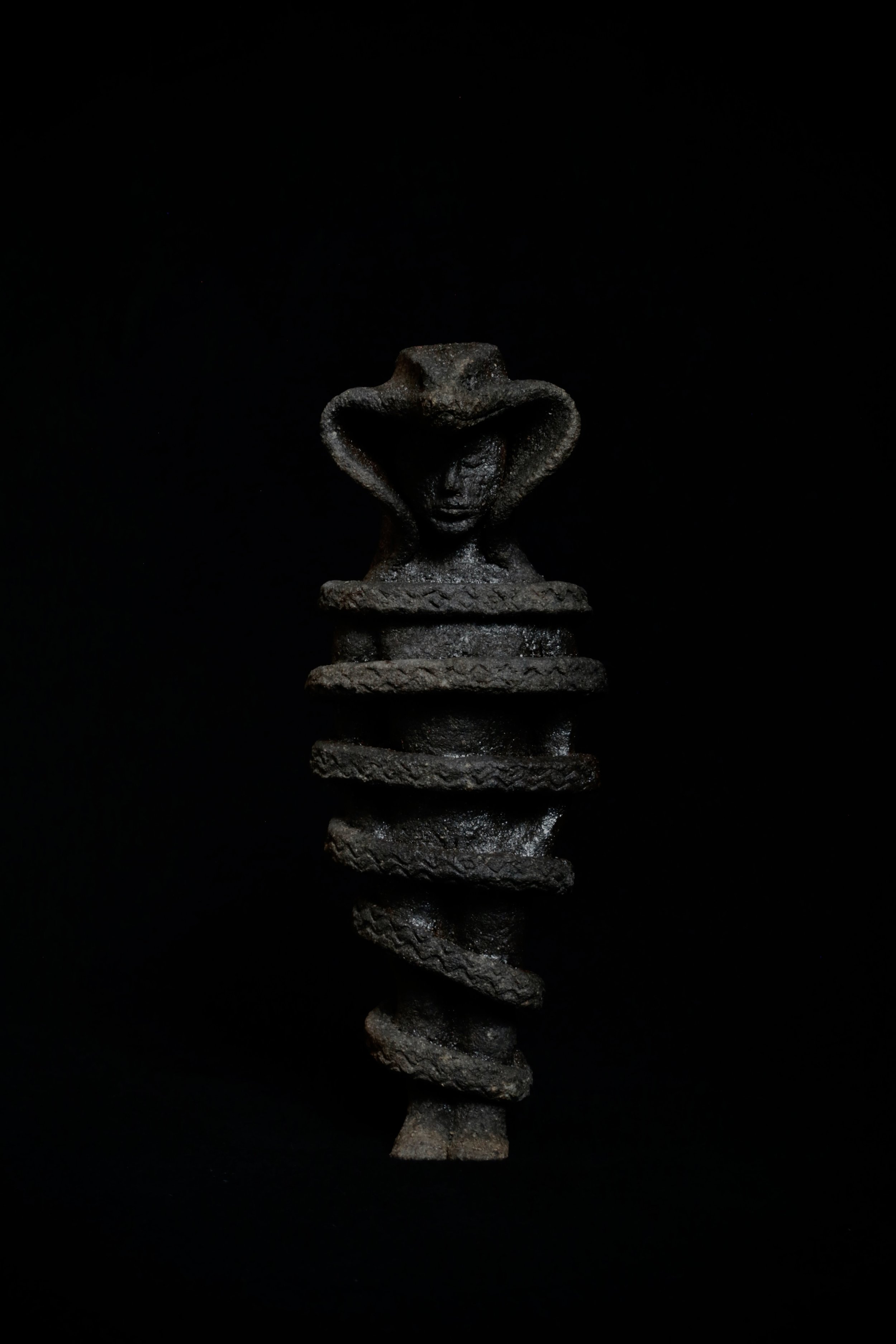

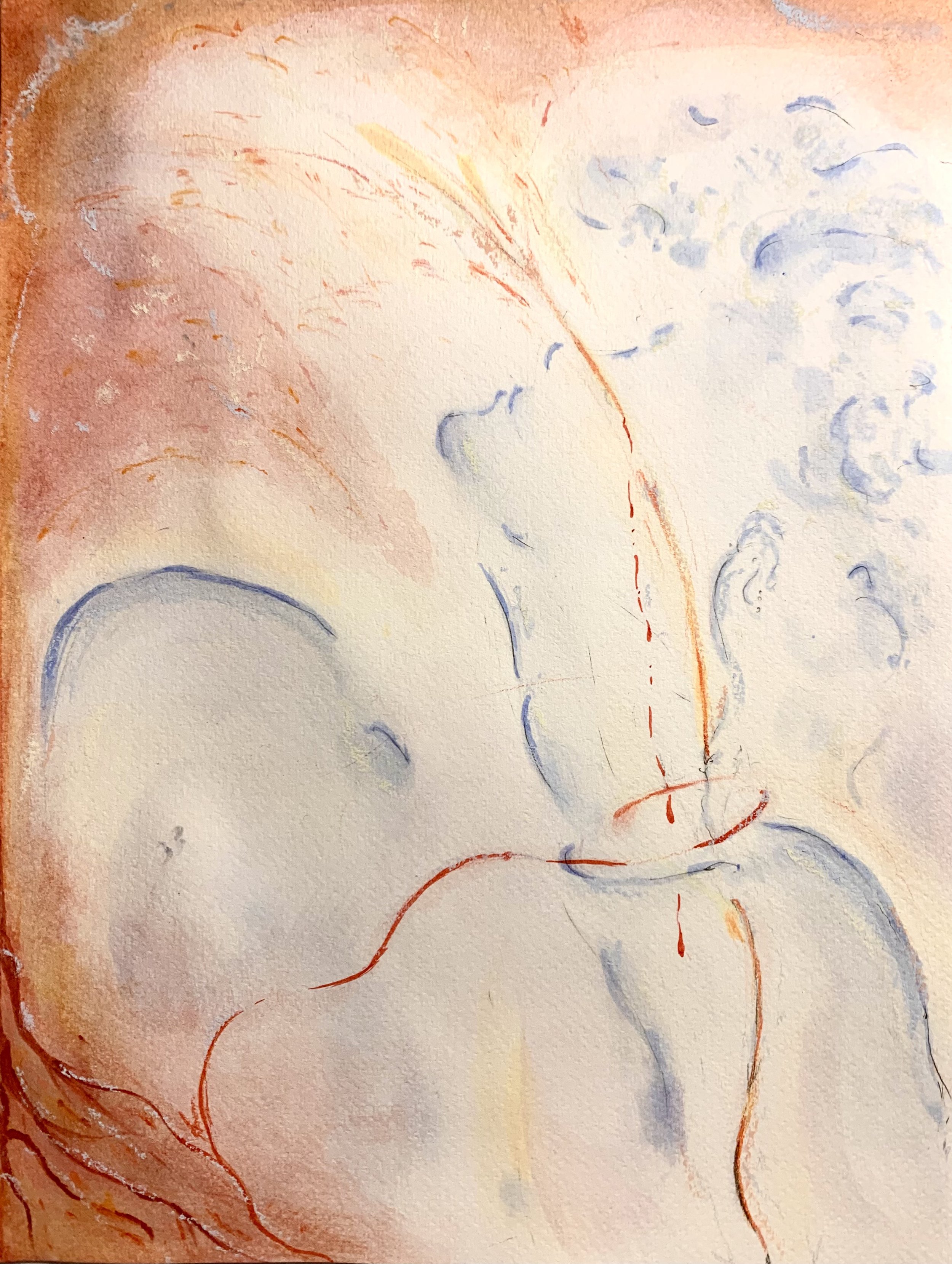
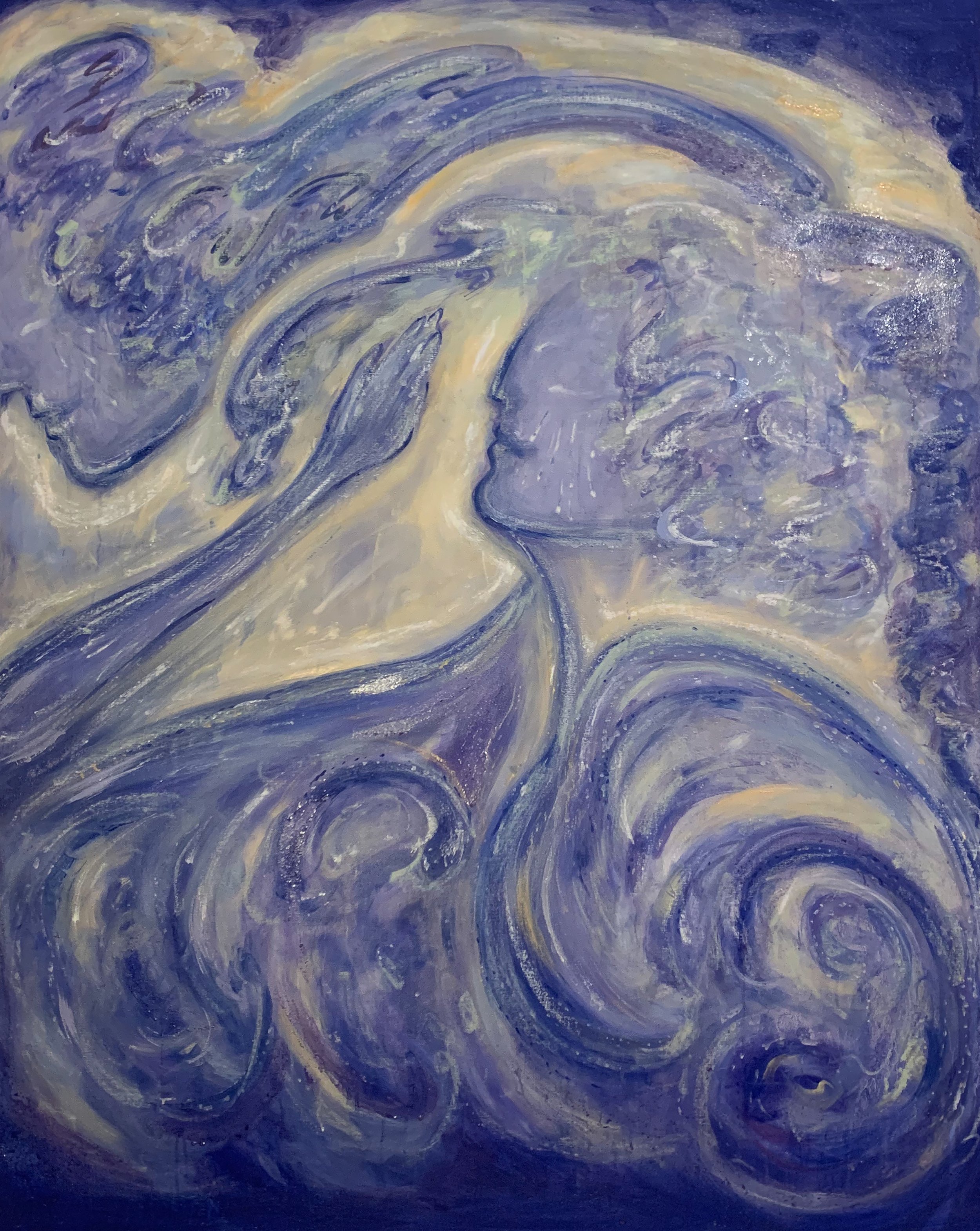
Spiritualism, occult, paganism, mysticism, esotericism–these are just a few of the different manifestations of ‘the resistant woman’ that have dramatically increased in contemporary art practices and exhibitions in recent years. Historically, women resisting patriarchy were labelled witches, and practicing ‘evil’ occult rituals. Today, this figure, and the associated practices, has re-emerged-enlivened by feminist, environmental and post-colonial interpretations and perspectives.
Spirit Within is a multidisciplinary exhibition bringing together the practices of eight women artists: Alexi Marshall, Anna Sebastian, Hazel Florez, Kendall Jones, Mafalda Figueiredo, Olivia Mansfield,Rosie McLachlan, and Salome Wu. The exhibition showcases a unique, multidisciplinary insight into how contemporary women artists draw upon themes of mysticism, spirituality, tradition, occult and other worldliness, through a distinctly feminist lens.
Although mysticism and spirituality can be treated as a subset within the larger category of the occult, there exists a prominent independent mystical tradition with a long history in both Eastern and Western culture. Mysticism, astrology, magic, tarot, and alchemy are among the rituals and belief systems that have been historically excluded to present a more hegemonic and ‘dominant’ perspective–that of the patriarchy and other knowledge and belief systems such as religion. As the title suggests, this exhibition takes the viewer on an introspective deep-dive, drawing links between the exhibited works, the subconscious and the current political feminist climate.
One of the exhibiting artists, Hazel Florez, refers to herself as an “esoteric surrealist” and an “alien from outer space”. Florez creates imaginary worlds and “mystical portals” through her work, and makes use of a wide range of mediums including oil, acrylic, pen and ink, installation and photography. Presenting three works in this exhibition, Exaltation(2022), Danu’s Garden (2022) andFading Spirits of Albion (2022), she compiles layers of iconography and symbols to explore witchcraft, medicine, identity, cosmology and folklore.
Exaltation(2022) and Danu’s Garden (2022) both draw upon the historical and contemporary relevance of women healers and the natural world. Historically, the witches of the Middle Ages were often those women who were seen to be healers, with a powerful knowledge of herbs and natural medicine. The witch was the village midwife, soothsayer, sorceress or medic, whose empirical knowledge was heavily reliant on access to common and shared spaces. The loss of these spaces through enclosures, and the persecution of women throughout the centuries, has led to a complete loss of knowledge and relationship to nature, as famously documented by activist, feminist and writer Silvia Federici. Consequently, the occult, spiritualism, and its practices have often been seen as necessarily associated to an out-dated relationship with nature.
Fading Spirits of Albion (2022) showcases some of the UK’s rarest and most threatened medicinal plants, celebrating their beauty through oil and gold-leaf; a distinctive aesthetic feature consistent throughout Florez’s works. Florez expertly straddles the inherently sacred experience of knowledge sharing and storytelling, as well as the relationship between women and nature.
Taking a different approach to such depictions of women is Alexi Marshall, who works in print, mosaic, drawing and embroidery, and investigates, in her own words “themes of womanhood... and regeneration”. In her choice of medium alone, Marshall references rich feminist histories and traditions. Showcasing a hanging work, visually reminiscent of a tapestry, Marshall draws her inspiration from Pamela Colman Smith’sRider-Waite Tarot Deck–the most popular and widely used tarot deck in the world. First issued in 1910, each card is rich in symbolism, and is markedly different from all predecessors. Importantly, Christian imagery does not feature, and instead is heavily influenced by occultist and magician Eliphaz Levi, as well as the teachings of the Hermetic Order of the Golden Dawn. In The Return (2022), Marshall depicts a woman, hand-embroidered on a thick fabric, embellished with beads and other mixed medias. The naked (rather than nude) woman is atone with nature. She exudes knowledge, as well as solace. Tarot cards are often used to predict futures, or comment on past experiences, usually wielded by expert readers. The Return draws upon this, imbuing not only the artists’ own experiences and memories, but also a hopefulness and yearning for the future.
Throughout the exhibiting artists is a powerful sense of truthfulness and honesty, be that in their beliefs, practices or representations. Kendall Jones, a sculptor based in Vancouver, creates work that is born from her own “shamanic practice”, and an intuitive need to portray her experiences of meditation and lucid dreaming. Within her current small works, she draws from experiences within the Pueblan culture in Mexico, exploring various aspects of the self, as well as the cycles of life and death. Repeated faces, placed together almost like a Russian doll, articulate the complexity of the self and identity: how it is shaped, formed and expressed.
Anna Sebastian, who works in the more distinctly two dimensional medium of paint, also draws from her own experiences–specifically in the exploration of memory and lived experiences. However, much like both Florez and Marshall, she borrows certain ideologies and practices from the occult, presenting her works within the visual framework of mythology and symbolism.
Heat, undulation and movement simultaneously juxtapose and unite the works of Olivia Mansfield, Salome Wu and Mafalda Figueiredo. Whereas in Mansfield’s and Wu’s fantastical works, women are engulfed in multicoloured, rippling flames, Figueiredo’s figure is shown separate, distinctly in control, as in Burn it Down (2022). This latter work is powerful. The woman, nude and bathed in orange, looks directly out at the viewer, daring them to engage. Behind her, or potentially attached, are additional limbs, which reach out and playfully caress the potential danger. The woman is neither afraid, nor concerned by the flames. Figueiredo’s works circle around the topics of self analysis and observation, and dreams. Whilst not drawing on the occult directly, Figueiredo’s work contains the same meditative and intangible sense of power, femininity, and resistance.
It is both a constant resource for feminists and for audiences alike to marvel at the many approaches to mysticism and spirituality. This exhibition, and the artists who partake, evoke the in expressible through both form and aesthetics, and ultimately help lift the veil on a powerful practice and feminist history.
Writing by Josephine May Bailey, shared with permission from the Spirit Within exhibition catalog.
